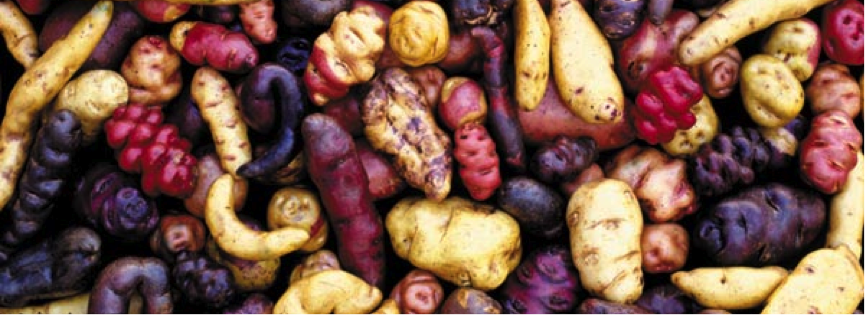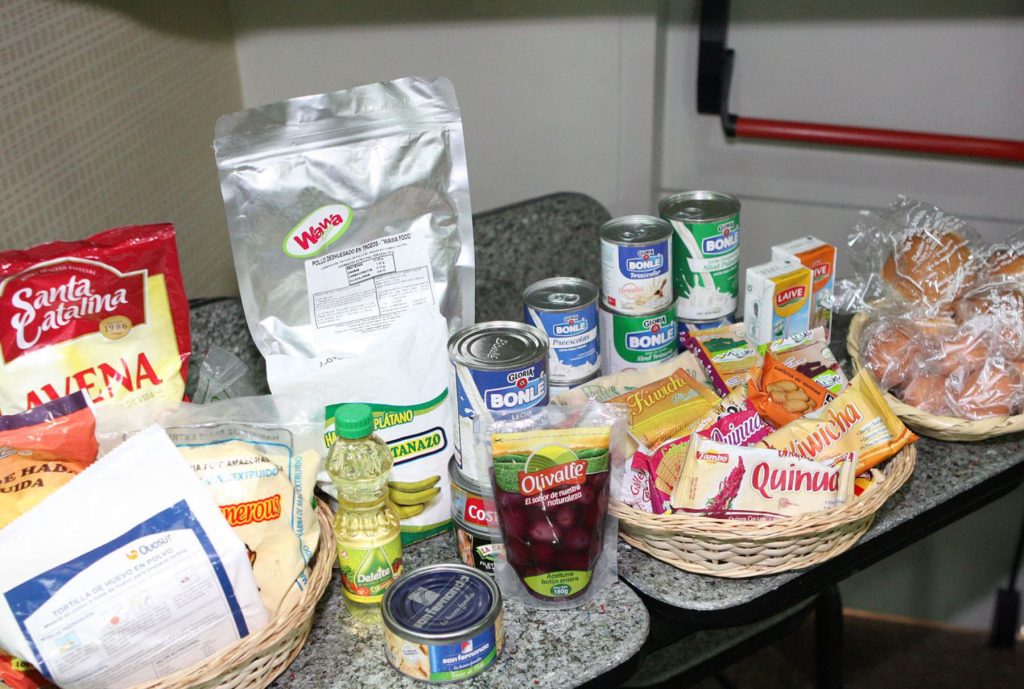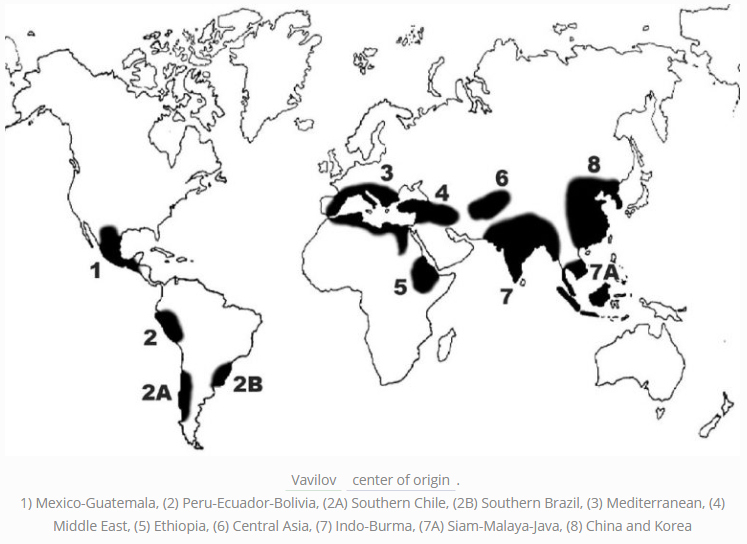Yesterday I attended a symposium on anemia in Peru and how we could fight it by using the rich biodiversity of this country. There were many impassioned speeches about how people could use their local resources to combat this serious problem.
When I say that it is serious, you don't have to take my word for it:
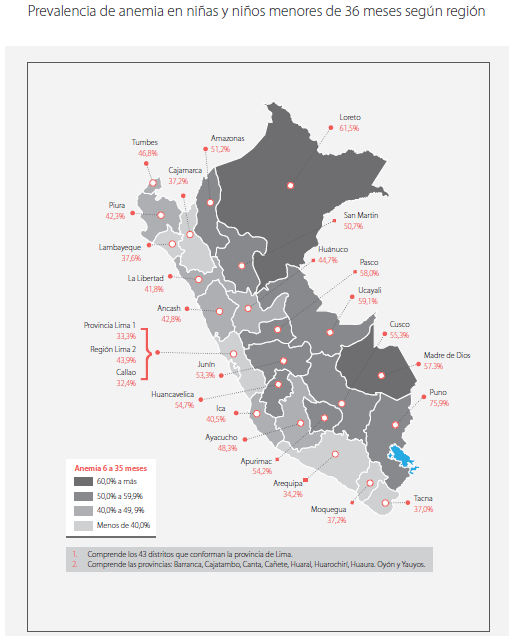
This shows the prevalence of anemia in all of the departments for children between 6-35 months. The most severe case appears to be in Puno (in the south, bordering Lake Titicaca), though many of the other departments are also staggering. It's noteworthy that even the places with lower incidences of anemia aren't under 30%.
However, it is encouraging that the government is taking this seriously and making an effort to include as many ministries as possible; one of the presentations yesterday was given by the Vice-minister of Policy and Social Evaluation of the Ministry of Develpoment and Social Inclusion (MIDIS, the ministry that also runs Qali Warma) - some of the concluding slides included tables that showed how each ministry could contribute to the overall efforts of the government.
I was struck by the passion with which everyone spoke, each with their own approach and range of foods that they proposed could advance the cause. There was a researcher from CIP (International Potato Center) who spoke about biofortified potatoes that contained more iron than usual; a professor from Ayacucho spoke about using traditional plants as a way of fighting anemia and regaining culture; another professor spoke about fortifying biscuits with quinoa, tarwi (Andean lupine), and moringa.
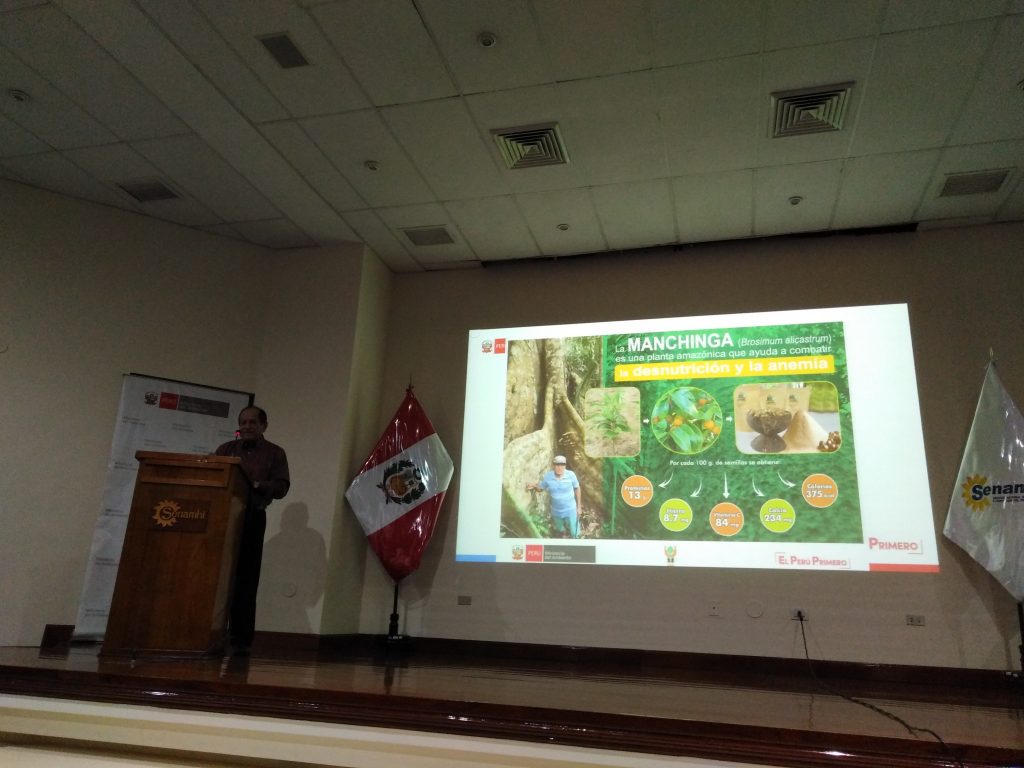
There were also a great many people in the audience from the private sector, as well as people representing their municipalities; I spoke with a few of them during the cookies-and-juice phase of the event. Considering the level of concern, it's likely that the numbers of children with anemia will go down - not if, but when.
I asked a question at the end about how Qali Warma could be made better by adding more diversity to the food handed out, and was told by someone who works for MIDIS that from their perspective, more biodiversity would be great, but that the food included in the program needs to be available year round, in the right quantities, and above all, safe. I've noted this in my readings - food safety is a big issue - but it was interesting to see it emphasized in what he said.
